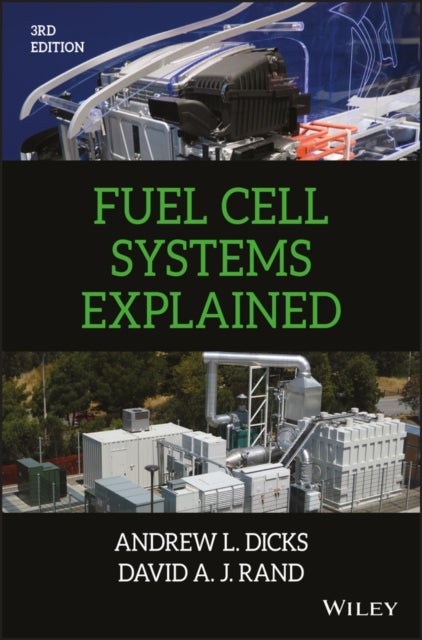
Fuel Cell Systems Explained av Andrew L. (BG Technology Loughborough UK) Dicks, David A. J. Rand
1279,-
<p>Since publication of the first edition of <i>Fuel Cell Systems Explained</i>, three compelling drivers have supported the continuing development of fuel cell technology. These are: the need to maintain energy security in an energy-hungry world, the desire to move towards zero-emission vehicles and power plants, and the mitigation of climate change by lowering of CO<sub>2 </sub>emissions. New fuel cell materials, enhanced stack performance and increased lifetimes are leading to the emergence of the first truly commercial systems in applications that range from fork-lift trucks to power sources for mobile phone towers. Leading vehicle manufacturers have embraced the use of electric drive-trains and now see hydrogen fuel cells complementing advanced battery technology in zero-emission vehicles. After many decades of laboratory development, a global but fragile fuel cell industry is bringing the first commercial products to market. </p><p>This thoroughly revised edition includes several








